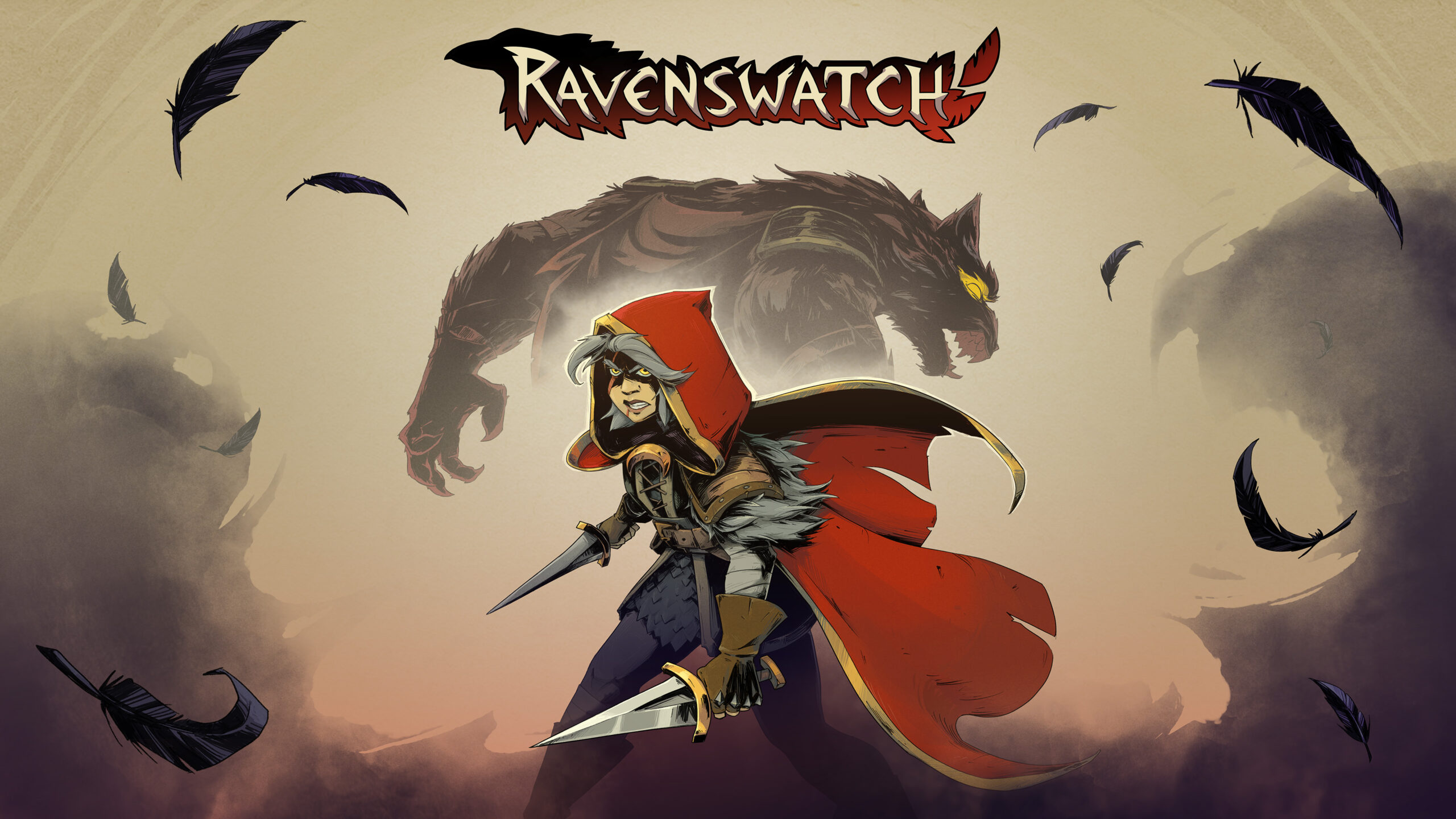
Exploring the Rise of Lo-Fi Horror Games: Nostalgia Meets Terror
Why Lo-Fi Horror Games Are the Perfect Blend of Nostalgia and Nightmare
In the ever-evolving landscape of video games, a fascinating trend has emerged that marries nostalgia with spine-chilling experiences: lo-fi horror games. These titles, characterized by deliberately retro graphics reminiscent of the 1990s, are captivating players by transforming the familiar into the frightening. But what exactly are lo-fi horror games, and why are they gaining traction?
Understanding Lo-Fi Horror Games
Lo-fi horror games are indie titles that intentionally adopt low-fidelity graphics, often emulating the aesthetic of early PlayStation or PC games. This stylistic choice isn't merely about evoking nostalgia; it serves to create an unsettling atmosphere where the lack of visual clarity leaves much to the imagination, amplifying the horror experience. The crude textures and polygonal models, once limitations of past technology, are now tools to evoke a sense of unease and ambiguity.
The Allure of Nostalgia
For many gamers, the 1990s were a golden era, filled with the excitement of exploring new digital worlds. Lo-fi horror games tap into this nostalgia, but with a twist—they subvert the comforting memories of retro gaming by introducing horror elements that feel both familiar and disturbingly out of place. This juxtaposition can make the experience more personal and, consequently, more terrifying.
Latest Reviews
Notable Titles in the Genre
Several games exemplify the lo-fi horror trend:
"Paratopic": This game offers a surreal narrative experience, utilizing low-resolution graphics to craft a disorienting and eerie atmosphere. Its fragmented storytelling and unsettling visuals have garnered critical acclaim.
"Iron Lung": Set in a claustrophobic submarine navigating an ocean of blood, "Iron Lung" uses minimalist graphics to create a suffocating sense of dread. The game's simplicity enhances its horror, proving that high-end graphics aren't necessary to induce fear.
"Anatomy": Developed by Kitty Horrorshow, "Anatomy" explores the concept of a haunted house in a unique way. The game's lo-fi visuals and repetitive gameplay loops contribute to a growing sense of unease, making the familiar setting of a home feel alien and threatening.
Why Lo-Fi Works in Horror
The success of lo-fi horror games lies in their ability to engage the player's imagination. The graphical limitations mean that not everything is explicitly shown, allowing players to fill in the blanks with their own fears and anxieties. This technique harkens back to classic horror literature and film, where the unseen is often more terrifying than the seen.
The Indie Influence
The rise of lo-fi horror is closely tied to the indie game development scene. Independent developers, unburdened by the expectations of mainstream studios, have the freedom to experiment with unconventional aesthetics and storytelling methods. This creative liberty has led to innovative horror experiences that might not have been possible within the constraints of larger production houses.
The Future of Lo-Fi Horror
As technology continues to advance, it's intriguing to see a counter-movement that embraces the imperfections of the past. Lo-fi horror games remind us that fear is a deeply psychological experience, not solely reliant on realistic visuals. By stripping away the polish, these games expose the raw nerves of our imagination, proving that sometimes, less truly is more.
In conclusion, lo-fi horror games are more than just a nostalgic nod to the past; they are a testament to the power of creative storytelling and atmosphere in gaming. By leveraging the aesthetics of yesteryears, these games craft experiences that are hauntingly memorable, leaving players both terrified and eager for more.
Suggested Reading
- Planet Coaster 2 Review – A Thrilling Sequel with Room for Improvement
- Pokemon TCG Pocket Review – A Streamlined Yet Addictive Take on Card Collecting
- Life is Strange: Double Exposure Review – Life, Loss, and Parallel Realities












.png?width=1200&height=1200&fit=bounds&quality=70&format=jpg&auto=webp)

